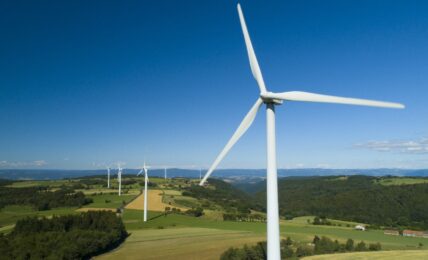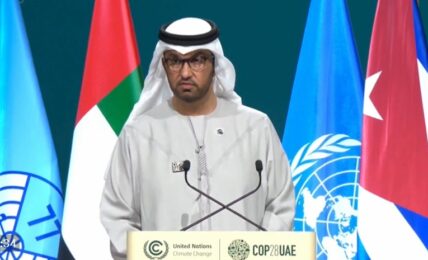Healthcare and life sciences-focused solutions provider Thermo Fisher Scientific announced today a new commitment achieve 80% renewable electricity globally by 2030.
The new goal follows the launch of Thermo Fisher’s target in late 2022 to achieve a reduction of more than 50% in Scope 1 and 2 operational emissions by 2030, with one of the initiatives highlighted to reach its goal including transitioning away from fossil fuels by accelerating the adoption of renewable electricity in its facilities. The company has also unveiled plans to power all of its U.S. sites with 100% renewable electricity by 2026 as it works to reach net-zero emissions by 2050.
Alongside the new commitment, Thermo Fisher also announced that it has entered into a 15-year virtual power purchase agreement (VPPA) with solar developer ib vogt, which will enable Thermo Fisher to power over half of its addressable European footprint with 100% renewable electricity by 2025.
The new VPPA forms part of an aggregated deal that also included bioanalytical testing company Eurofins Scientific, with Thermo Fisher contracting a 91-megawatt portion of ib vogt’s Serbal solar project, which will deliver approximately 192,000 megawatt hours of renewable electricity annually to the company, and Eurofins Scientific receiving a 36-megawatt portion of the project. The Spain-based solar project is expected to be operational in January 2025.
Marc N. Casper, Chairman, President and CEO of Thermo Fisher said:
“This new global climate goal not only strengthens our record of accelerated progress toward net-zero emissions, but it also underscores our collaborative approach on this journey. By working together with customers who share our vision for a healthier planet, we can achieve even greater impact across our collective value chains.”
ib vogt CEO Anton Milner added:
“Renewable electricity offers a tangible way for global companies to reduce their emissions. We want to thank Thermo Fisher and Eurofins for selecting this site and for taking an approach that will power their sustainability goals and move the life sciences industry to the next chapter in the energy transition to net zero.”



